 EPSRC is holding two one-day workshops for Early Career Researchers who work in the area of Physical Sciences. This is a great opportunity for BU ECRs (especially those who are new to funding) in these areas to get a first hand insight to strategies and policy changes, and to network with peers and funders.
EPSRC is holding two one-day workshops for Early Career Researchers who work in the area of Physical Sciences. This is a great opportunity for BU ECRs (especially those who are new to funding) in these areas to get a first hand insight to strategies and policy changes, and to network with peers and funders.
The workshops will be held in:
- Glasgow – 06 March 2018
- Nottingham – 14 March 2018
The workshops will provide an update to EPSRC and Physical Sciences strategies and will communicate recent and upcoming policy changes, such as the New Investigator Awards. The workshops will be attended by a number of EPSRC staff but also by experienced academics and current or previous Early Career Fellowship holders from across the Physical Sciences portfolio who will provide guidance and mentoring. The workshops will also include opportunities for networking with other ECR colleagues.
EPSRC anticipate this event will be of greatest interest to Physical Sciences researchers who are eligible to hold an EPSRC grant and hold few or no grants as a Principal Investigator.
The aims of the workshops are to:
- To develop early career researchers understanding of EPSRC, including strategic priorities and funding mechanisms.
- To develop relationships with Early Career researchers who will become future advocates for EPSRC.
Those wishing to attend the workshop should complete the Expression of Interest (EoI) form on this page. This will be used to select participants based on their justification of attendance as described in their EoI submission and will take into account how their research aligns to the EPSRC Physical Sciences remit and research areas. In addition, EPSRC will also ensure a balanced representation of organisation, research area, expertise and career stage.
Places are limited and the number of participants from a given organisation may have to be restricted in the event of multiple applications. Selection will primarily be based on the justification of attendance and completion of the survey is not a guarantee of attendance.
The EoI will close at 17:00 on 31 January 2018.
If you do get a place, please let your RKEO contact know as we are interested in what information will be shared, particularly if there are new initiatives for ECRs.
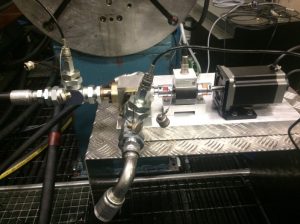 Hydreco Hydraulics is sponsoring and supporting two PhD projects from BU’s Department of Design and Engineering, in the Faculty of Science and Technology. One project involves the design and provision of the mechanical parts, while the other project involves the provision of the control systems. The company has just started testing the first prototype valve and its control system algorithm. The aims of the planned tests are to study the performance of the valve, compare it to the simulation predictions, and to identify its mechanical characteristics needed to fine tune the control algorithms.
Hydreco Hydraulics is sponsoring and supporting two PhD projects from BU’s Department of Design and Engineering, in the Faculty of Science and Technology. One project involves the design and provision of the mechanical parts, while the other project involves the provision of the control systems. The company has just started testing the first prototype valve and its control system algorithm. The aims of the planned tests are to study the performance of the valve, compare it to the simulation predictions, and to identify its mechanical characteristics needed to fine tune the control algorithms.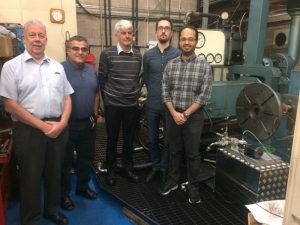 Mr Philip Godfrey and
Mr Philip Godfrey and 
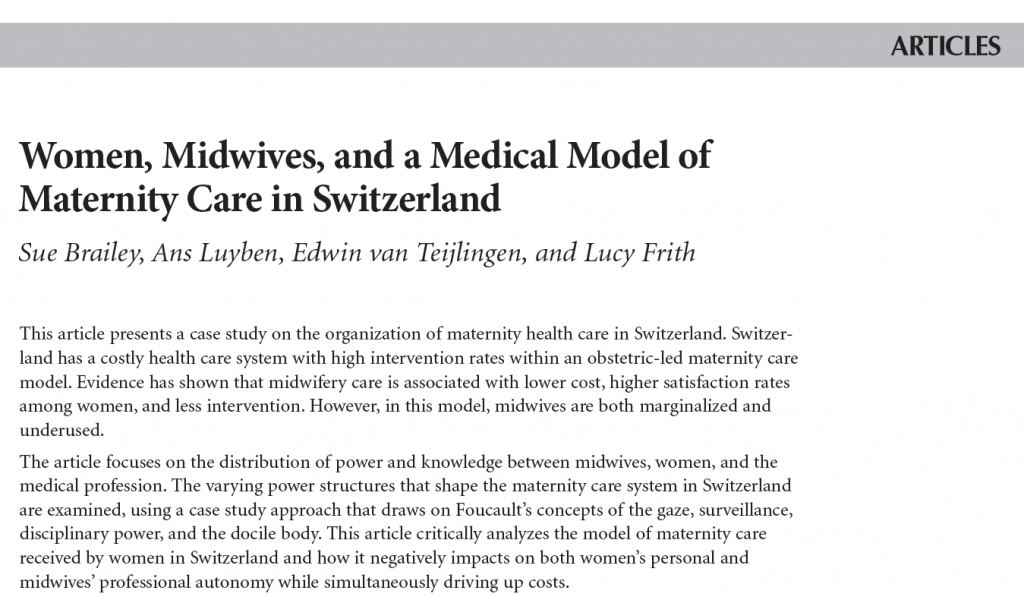

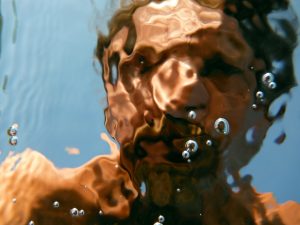

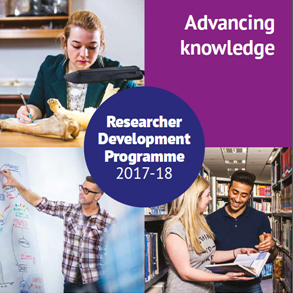

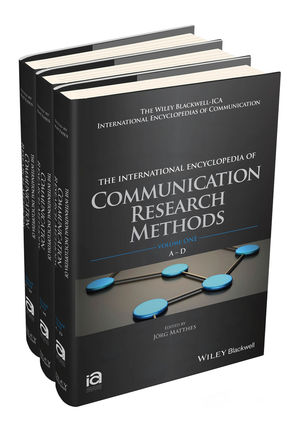 The first Chapter, “Performative Social Science”, in J. P. Matthes, C. S. Davis, & R. F. Potter (Eds.), The International Encyclopedia of Communication Research Methods, rehearses the development of Performative Social Science (PSS) as a research approach and method, developed over ten years at Bournemouth University through publication, film, research, workshops, Masterclasses, and PhD studies. Jones explains that PSS is not simply ‘art for art’s sake’ instead of research. PSS is research and dissemination practices based in the philosophy of Relational Aesthetics and has much in common with Social Constructionism. The ‘audience’ or reader/viewer are key to PSS, as is the wider community.
The first Chapter, “Performative Social Science”, in J. P. Matthes, C. S. Davis, & R. F. Potter (Eds.), The International Encyclopedia of Communication Research Methods, rehearses the development of Performative Social Science (PSS) as a research approach and method, developed over ten years at Bournemouth University through publication, film, research, workshops, Masterclasses, and PhD studies. Jones explains that PSS is not simply ‘art for art’s sake’ instead of research. PSS is research and dissemination practices based in the philosophy of Relational Aesthetics and has much in common with Social Constructionism. The ‘audience’ or reader/viewer are key to PSS, as is the wider community.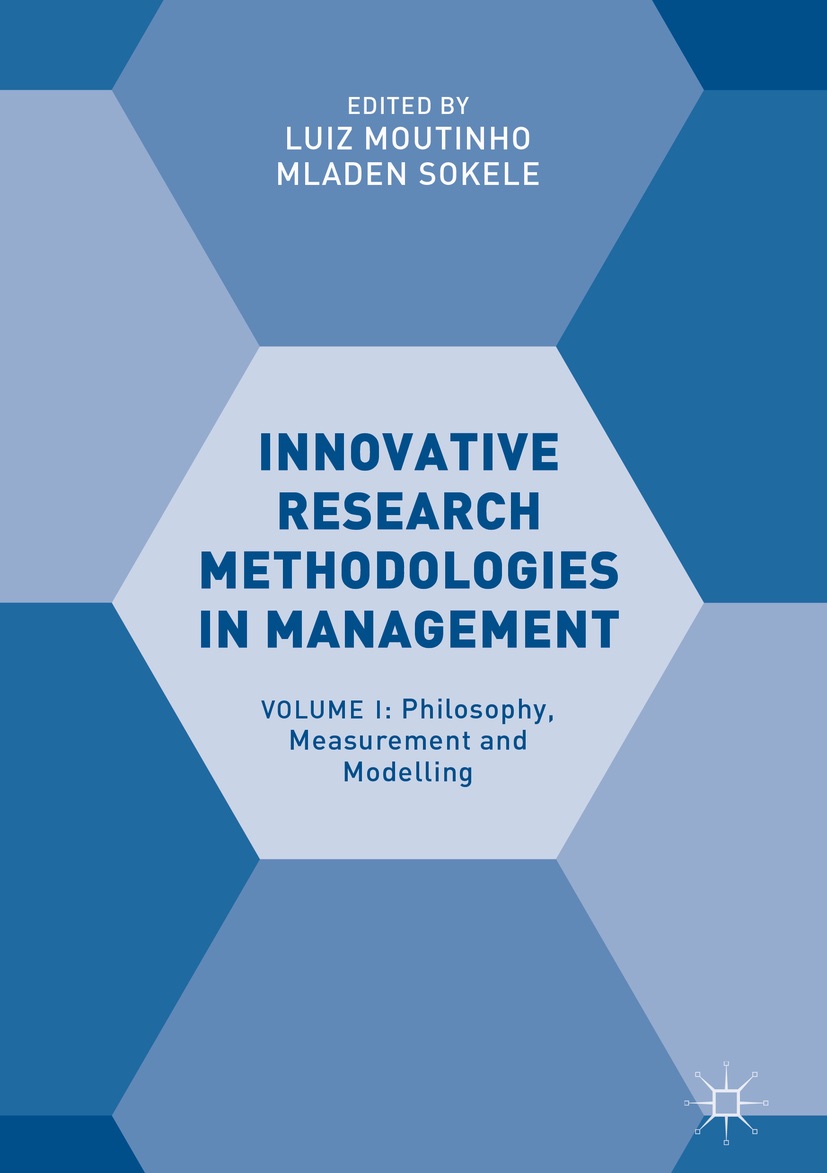 The second Chapter, “Emotivity and Ephemera Research”, in Innovative Research Methodologies in Management: Volume I, edited by L. Moutinho and M. Sokelem provides an in-depth worked example of PSS. The Chapter reports on a two-day experimental workshop in arts-led interviewing technique using ephemera to illicit life stories and then reporting narrative accounts back using creative means of presentation. The workshop took place at Bournemouth and participants were all University faculty members. A key to the process was in replicating what research participants may be feeling and going through when they share very personal stories with researchers. The exercise built a respect for this process by acknowledging that fact through the personal experiences and emotive connectivity of workshop participants.
The second Chapter, “Emotivity and Ephemera Research”, in Innovative Research Methodologies in Management: Volume I, edited by L. Moutinho and M. Sokelem provides an in-depth worked example of PSS. The Chapter reports on a two-day experimental workshop in arts-led interviewing technique using ephemera to illicit life stories and then reporting narrative accounts back using creative means of presentation. The workshop took place at Bournemouth and participants were all University faculty members. A key to the process was in replicating what research participants may be feeling and going through when they share very personal stories with researchers. The exercise built a respect for this process by acknowledging that fact through the personal experiences and emotive connectivity of workshop participants. Cheltenham Science Festival is on the look-out for contestants to take part in their 2018 Over-Ambitious Demo Challenge at Cheltenham Science Festival 2018 (5-10th June).
Cheltenham Science Festival is on the look-out for contestants to take part in their 2018 Over-Ambitious Demo Challenge at Cheltenham Science Festival 2018 (5-10th June).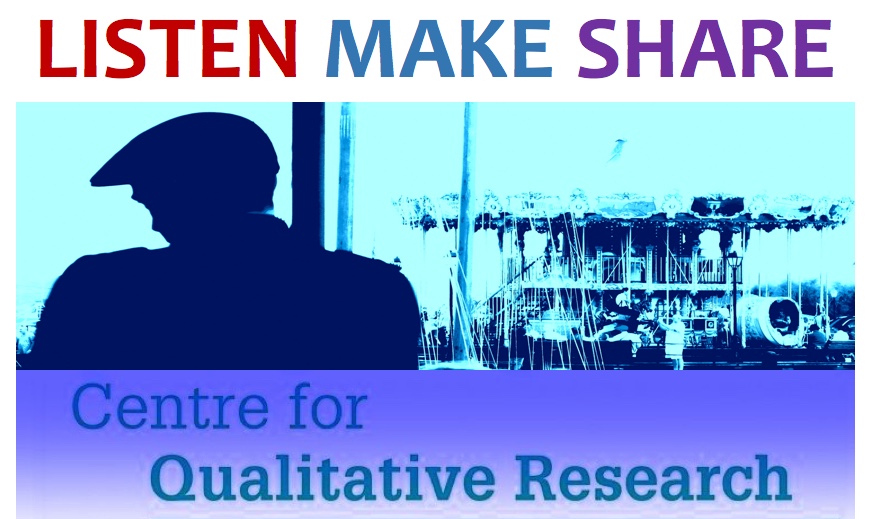 “Phenomenology or Narrative Method? Choosing one for my study”
“Phenomenology or Narrative Method? Choosing one for my study”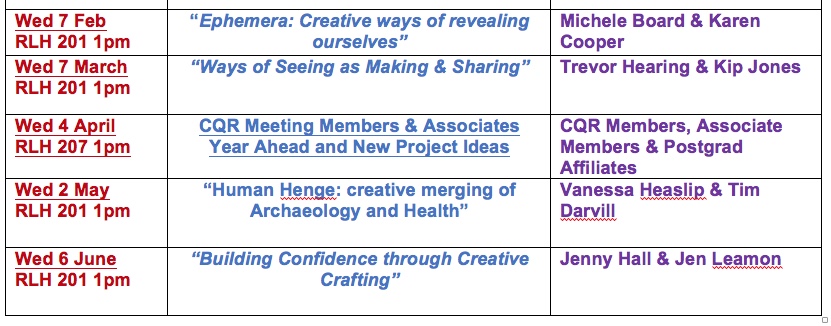
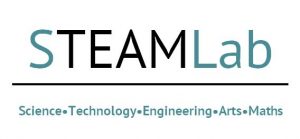



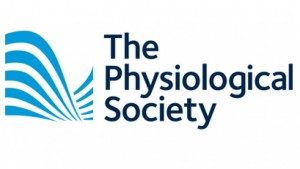 The Physiological Society’s Public Engagement grants are open for their first round of 2018 applications.
The Physiological Society’s Public Engagement grants are open for their first round of 2018 applications.










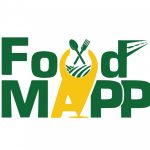 Connecting Research with Practice: FoodMAPP Secondment in Austria and France
Connecting Research with Practice: FoodMAPP Secondment in Austria and France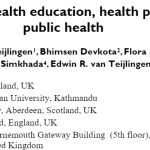 Health promotion paper read 8,000 times
Health promotion paper read 8,000 times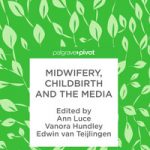 The Beautiful Work Challenge: On Birth
The Beautiful Work Challenge: On Birth Free event on Solutions to Inequalities in Dementia Diagnosis and Care
Free event on Solutions to Inequalities in Dementia Diagnosis and Care MSCA Postdoctoral Fellowships 2025 Call
MSCA Postdoctoral Fellowships 2025 Call ERC Advanced Grant 2025 Webinar
ERC Advanced Grant 2025 Webinar Horizon Europe Work Programme 2025 Published
Horizon Europe Work Programme 2025 Published Horizon Europe 2025 Work Programme pre-Published
Horizon Europe 2025 Work Programme pre-Published Update on UKRO services
Update on UKRO services European research project exploring use of ‘virtual twins’ to better manage metabolic associated fatty liver disease
European research project exploring use of ‘virtual twins’ to better manage metabolic associated fatty liver disease